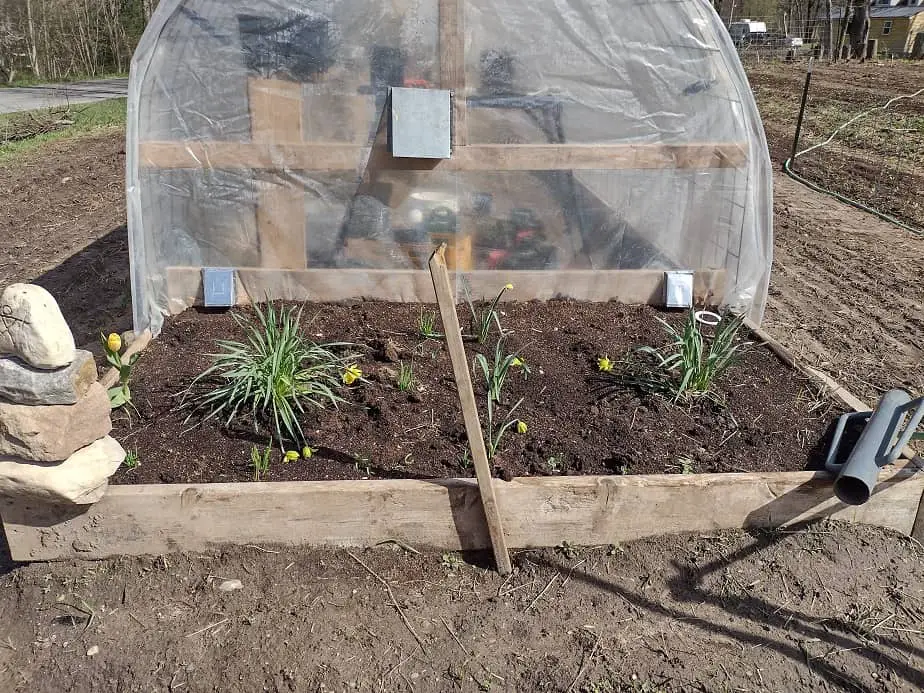I’ve tried a lot of fertilizers, and come full circle back to what I did in the beginning.
Fish emulsion is the best fertilizer for raised beds, but it’s expensive. Pelleted chicken manure is perhaps the next best fertilizer for raised bed gardens. Compost and alfalfa meal also add fertility to soil. Concentrated granular fertilizers can be used but have downsides to the soil.
“The best fertilizer” is subjective, but there are some pretty big points that help us make this decision.
Fish Emulsion for Raised Beds
According to many studies that have been done, fish emulsion is a fertilizer, soil biology booster, and plant stimulant. It generally has a really nice ratio of primary nutrients for basic garden plants. It also has a very nice selection of the micronutrients plants need.
All plants need a lot of nitrogen, phosphorus, and potassium. Plants also need a pretty good amount of magnesium, sulfur, and calcium. The micronutrients needed in smaller amounts are Boron, zinc, manganese, iron, copper, molybdenum, and chlorine.
Fish emulsion contains some of all of them, and it does a good job at making them available to plants. one of the biggest things it does is feed the beneficial microbes in the soil. Fish emulsion is full of proteins, which are used up by countless bacteria and amoebas.
Those soil microbes work to convert the mineralized nutrients into a water-soluble form that plants can use. more microbes, more fertility. That’s a gross oversimplification, but it’s still spot on. The work of bacteria also causes the soil to have more aggregate, which greatly improves soil texture and drainage.
Fish emulsion usually has an NPK of around 2-3-2 or so. Those ones may need additional nitrogen added as part of a good fertilizer regimen. Some are closer to 5-1-1, which means you’re probably going to want to balance it out with compost to up the phosphorus and potassium content.
over the years I’ve heard time and time again how drastic a difference fish emulsion makes to plants, especially young ones. People are always saying how their plants look healthier and are more vigorous with fish emulsion than anything else they’ve used before. There’s something about it. It makes plants happy.
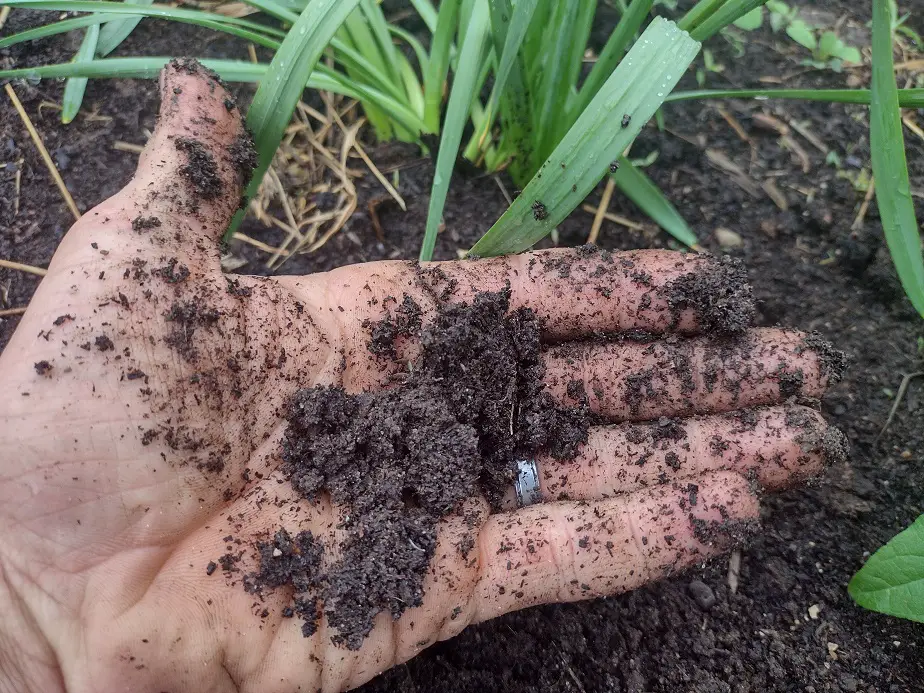
Kelp and Alfalfa Meal
Kelp meal and alfalfa meal are two very highly thought of fertility increasers. I call them that because they aren’t what I’d technically consider a fertilizer. They do add fertility, but only after it’s been broken down and digested by worms and other creatures of the soil. Still, both are super soil boosters.
Alfalfa meal usually has an npk of around 2-0-2 or 3-0-3. It adds a good bit of nitrogen and potassium to the soil. It also contains all the micronutrients in decent quantities, and really works to boost the earthworm population.
Kelp meal has an npk from 1-0-1 to 1-0-4, depending on the brand. It’s too low to consider it a fertilizer. But, it certainly boosts the soil life. It’s most notable for adding an assortment of micro-nutrients, especially for heavy-feeding plants.
Also, it contains several compounds which boost plant immunity, known as plant immune elicitors. It’s like taking extra vitamin C during flu season. Kelp meal literally strengthens up the immune system of plants like some kind of immune system steroid.
These are the most common and arguably the most beneficial substances to add fertility to your garden. But, they’re expensive. Kelp meal is ridiculously expensive. I have used rabbit food (mostly alfalfa meal) before. It’s a cheap alternative.
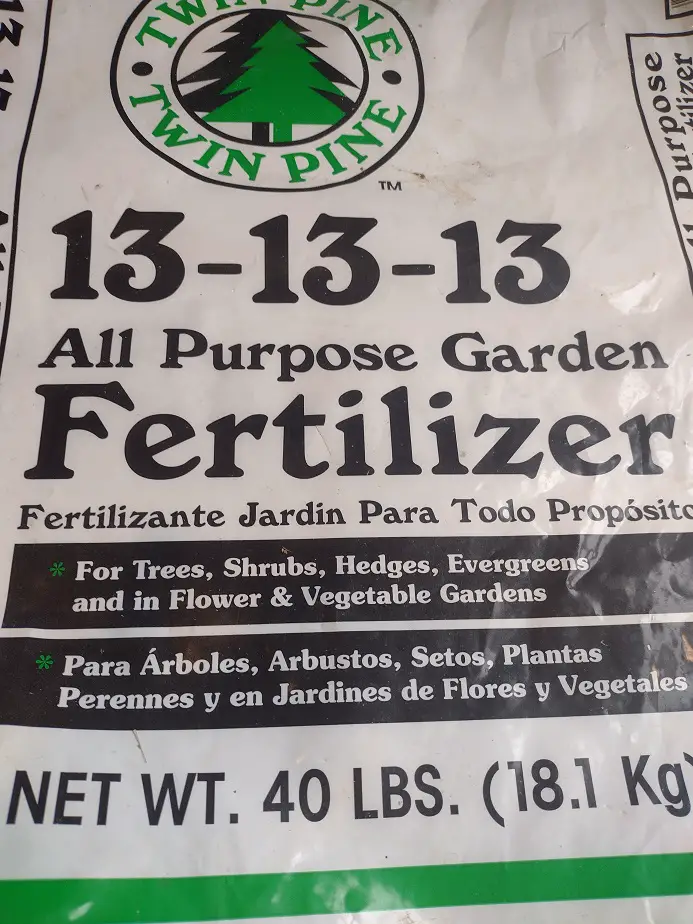
Potential Problems With a Strong Fertilizer
If you go down to the garden center or department store and buy a bag of fertilizer, you’ll notice it’s a lot stronger than the organic options above. They usually range from 10-10-10 to 20-20-20. They are more concentrated compounds that are.
The numbers are how much N-P-K (nitrogen, phosphorus, potassium) is in the mix. a 10-10-10 has 10 percent of each, by weight. The rest of the weight is other chemicals in the primary compounds and the clay that’s mixed with it to water it down. The clay also helps to slow its release and prevent leaching.
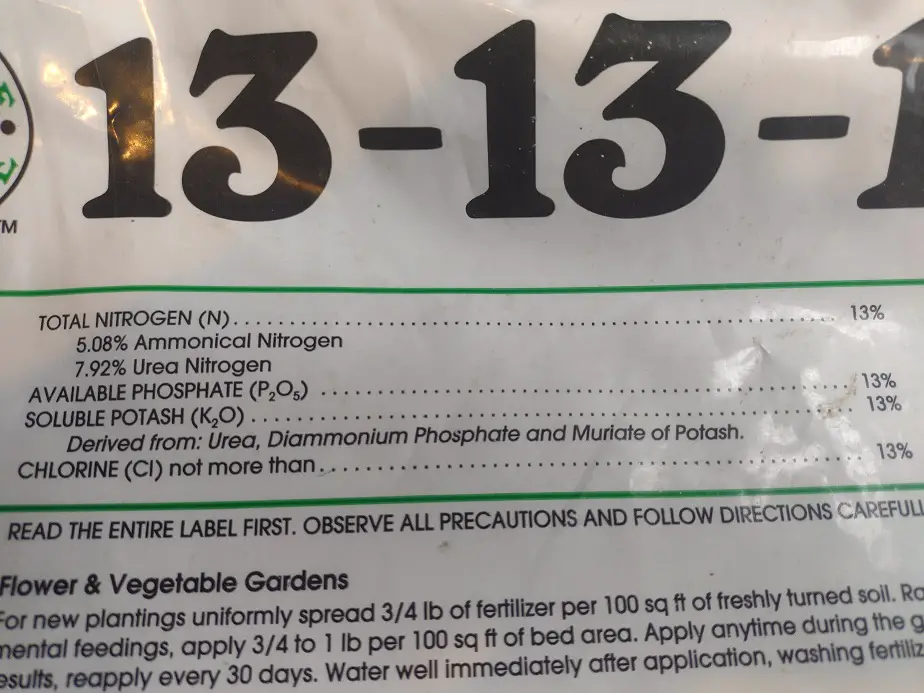
The chemicals in granular fertilizer aren’t poisonous and they themselves don’t toxify the soil or anything. They are the same thing that we see in healthy, organic soil. But we’re dealing with some pretty strong stuff compared to what’s created naturally in the soil. I’m not really against granular fertilizer.
It can be a good part of a healthy garden. But’ it can also cause a negative impact on plants and soil life if you use it wrong. A well-quoted study in 1995 showed a negative effect on soil life and soil health compared to healthy, high organic soil. There were even differences in yield noticed.
The base chemicals in granular fertilizer are Ammonium Nitrate and Urea Nitrate (nitrogen), Diammonium Phosphate (phosphorus), and Muriate of Potash (potassium). Some also contain chlorine, which plants use to regulate the exchange and release of carbon and oxygen.
Those chemicals are all considered salts, which means the molecules are magnetically attracted to other minerals. When applied at high strength, they can actually attract other molecules to them. If you take a mudball and set it in a pile of fertilizer, the fertilizer will draw the water from the mudball.
Its attraction to water-bound minerals can actually draw the water away from plant roots, and sometimes from the plants themselves. That’s why too much fertilizer can “burn” plants. It’s not really a burn, but drought-like symptoms from fertilizer drawing the water out from a plant.
Have you ever heard how table salt hurts slugs? It’s because salt draws the moisture out of the slug and it shrivels up. That happens to worms too. Worms are the most important creature in the soil that you don’t need a microscope to see. Worms and slugs absorb oxygen through their skin. If it dries, they suffocate.
Fertilizer isn’t a nasty chemical, just pretty strong compared to what’s out there. It has a similar effect on the beneficial bacteria and amoebas in the soil. Without those, the soil doesn’t work anymore. I see far fewer worms in areas with high fertilizer application or a lot of fresh chicken manure (stuff’s a bit strong too).
two great ways to avoid or lessen that problem is to either apply smaller amounts more frequently and to apply it as a water solution. Take the amount of fertilizer you would use and split it between 4 or 5 applications over a month’s time.
for a 10-10-10 or similar strength, mix 1-2 cups per 4-gallons of water and let it sit a day or two. You can stir it a bit to help it dissolve. The clay will end up on the bottom and the N-P-K will be dissolved in the water. Water-soluble fertilizers like Miracle-Gro don’t have clay.
Apply that evenly over your garden and repeat every few days or so until yo have applied however much your garden needed. Don’t forget, your soil still needs compost or something that will turn into compost.
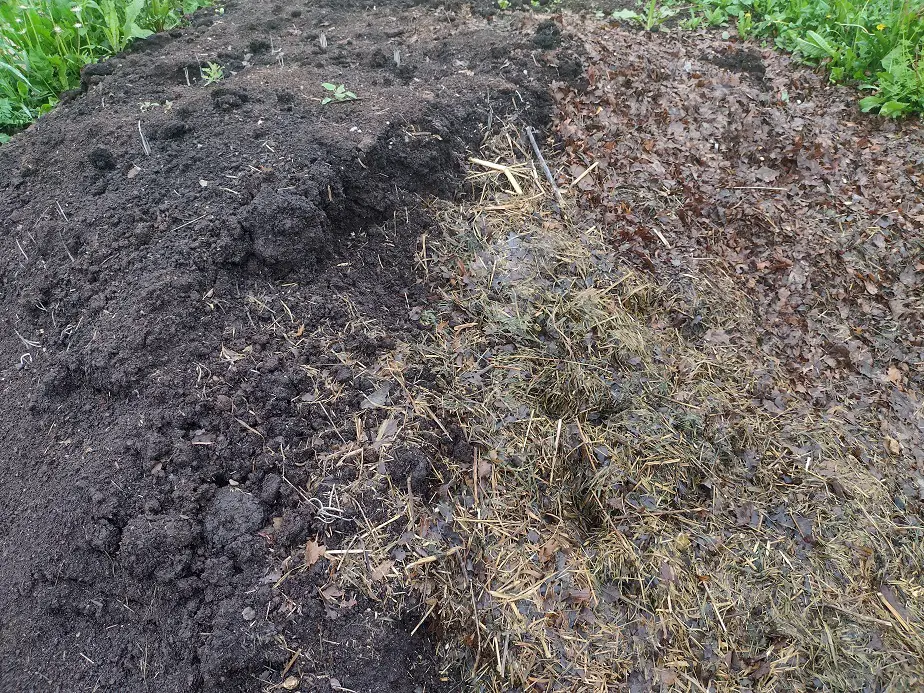
Do I Need to Use Organic Fertilizer in a Raised Bed?
You don’t need organic fertilizer, but using organic fertilizer well tends towards healthier soil and healthier, stronger plants. Combining low-strength organic fertilizer with high organic content and minimal soil disturbance is the best combination of practices for a raised bed.
Enrich your raised bed by avoiding tilling, not overfertilizing, and adding a lot of organic matter. Tilling, or deed soil disturbance, speeds up the breakdown of organic matter and contributes to poor soil quality. Add compost or a mulch that will break down into compost and don’t disturb it.
When Should I Fertilize My Raised Bed?
Fertilize your raised bed three weeks before planting, and once or twice during the growing season. Calculate your fertilizer needs and split it up between those two or three applications. Apply before a light rain or moderate watering for best retention and integration.
With water solutions like those mentioned above, you don’t have to worry about any rain. That’s just to help dissolve and distribute fertilizer into the soil. Fertilizing before heavy rain will cause unwanted leaching as the water runs through the ground. Without water, some will gasify and drift away.
Other articles about Raised Beds:

